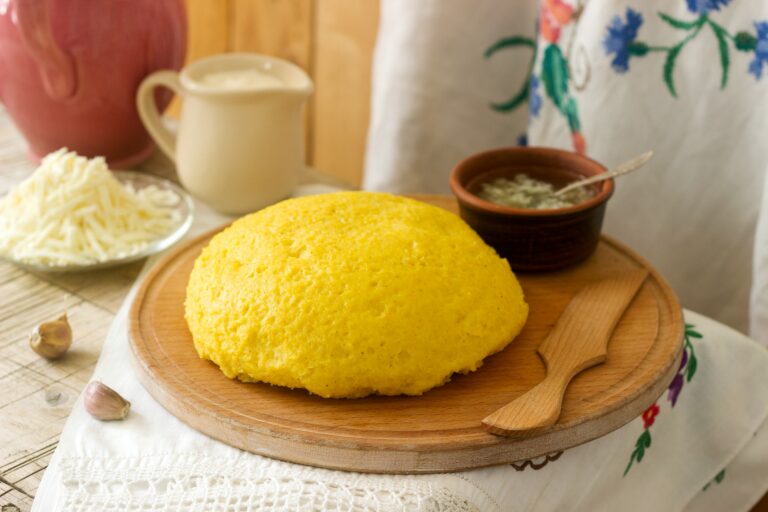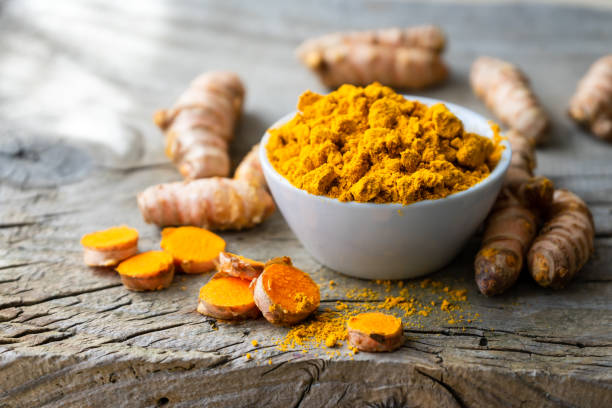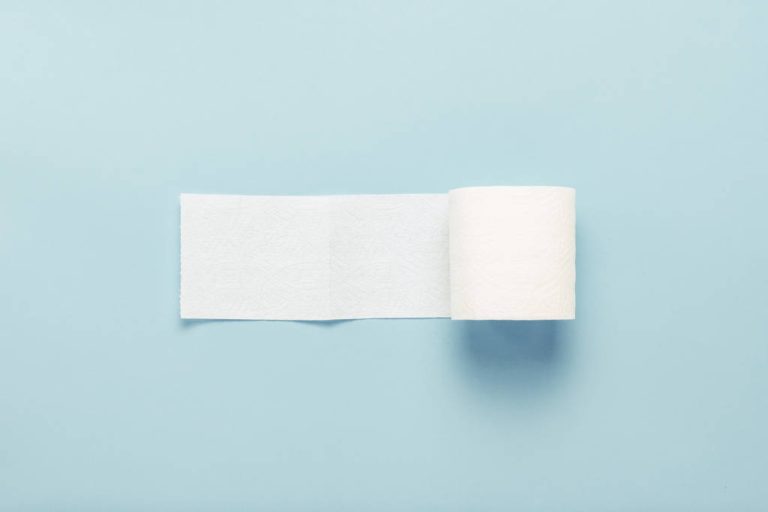Introduction: Exploring Mauritanian Cuisine
Mauritanian cuisine is a unique blend of African and Arab culinary traditions, influenced by the country’s geography and history. This cuisine is characterized by the use of aromatic spices, fresh vegetables, and hearty grains such as millet and couscous. Some of the most popular Mauritanian dishes include thieboudienne, a flavorful fish and rice stew, and maafe, a peanut-based sauce served with vegetables and meat.
Nutritional Value of Mauritanian Dishes
Mauritanian cuisine is generally healthy and nutritious, with an emphasis on whole grains, vegetables, and lean protein sources. Many of the traditional dishes feature fish, which is a great source of omega-3 fatty acids and lean protein. Vegetables such as sweet potatoes, onions, and tomatoes are also commonly used, providing important vitamins and minerals. Additionally, Mauritanian cuisine often incorporates whole grains such as millet, which are high in fiber and can help promote healthy digestion.
Potential Health Benefits of Mauritanian Spices
Mauritanian cuisine is known for its use of flavorful spices such as cumin, ginger, and turmeric. These spices not only add taste and aroma to dishes but may also have potential health benefits. For example, turmeric has anti-inflammatory properties and may help lower the risk of chronic diseases such as cancer and heart disease. Cumin has been shown to improve digestion and may aid in weight loss.
Watch Out for High Sodium Content
One potential concern when consuming Mauritanian cuisine is the high sodium content in some dishes. Many of the traditional recipes use salt and salted fish as a primary seasoning, which can contribute to high blood pressure and other cardiovascular issues. To reduce sodium intake, it is recommended to limit the amount of added salt and to opt for fresh, unsalted fish whenever possible.
Concerns About Food Safety and Hygiene
Another consideration when trying Mauritanian cuisine is food safety and hygiene. As with any cuisine, it is important to ensure that the food is prepared and stored properly to avoid contamination and the risk of foodborne illness. Travelers should be cautious when consuming street food or dishes from informal markets and should take steps to protect themselves from potential foodborne illnesses.
Conclusion: Enjoying Mauritanian Food with Caution
Mauritanian cuisine offers a unique and delicious culinary experience, but it is important to be mindful of potential health considerations when consuming these dishes. By focusing on whole grains, lean proteins, and fresh vegetables, and being cautious of high sodium content and food safety concerns, individuals can enjoy the flavors and benefits of Mauritanian cuisine while maintaining good health.















